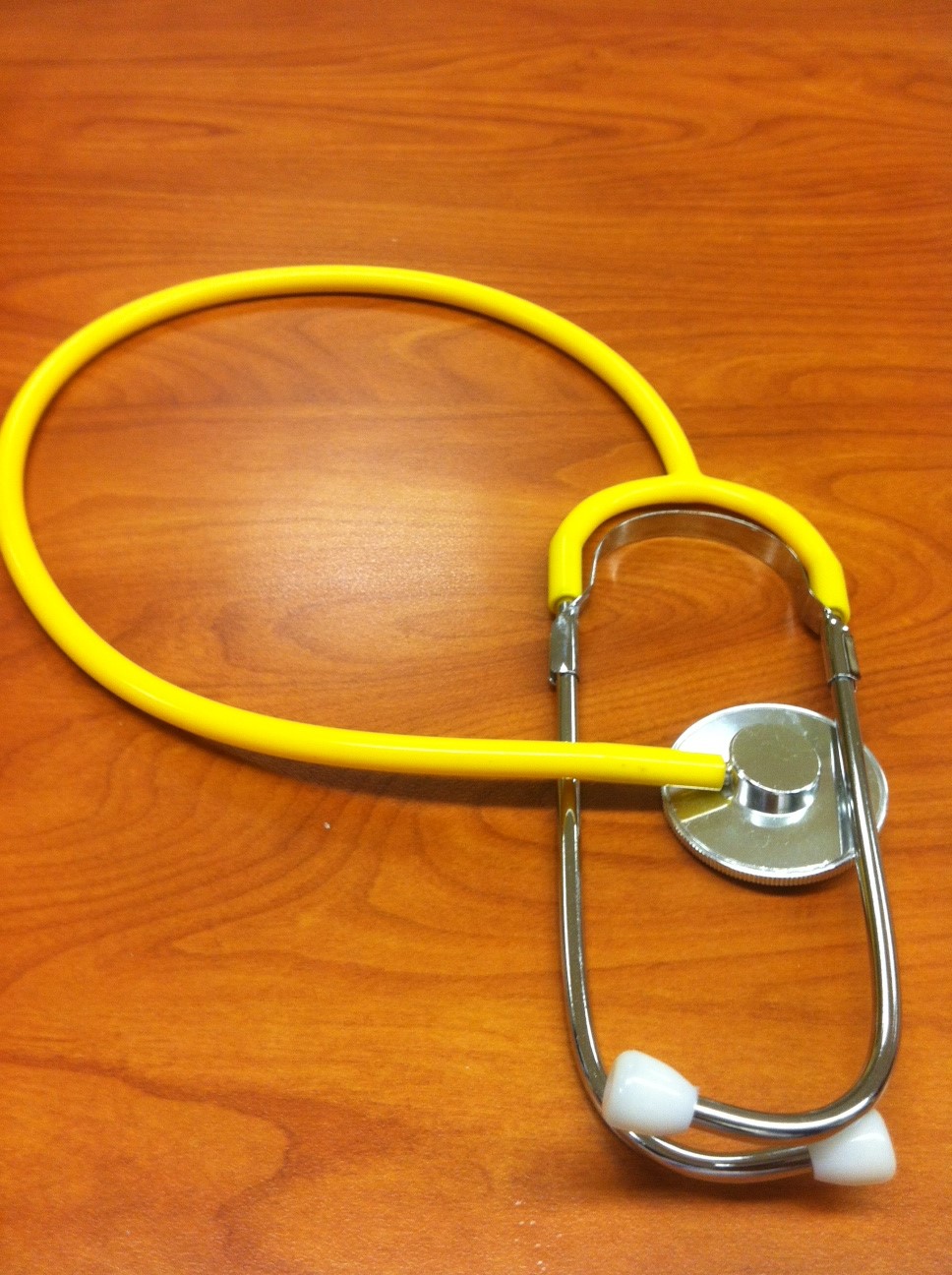
Much has been written about how Web 2.0 tools can change the healthcare landscape. It would appear a recent set of circumstances has upped the ante.
This story begins with a recent study that attempted to tackle the problem of ICU infections. ICU infections are a challenging problem, patients who are admitted to the ICU are at risk of worsening illness and death from infections such as MRSA which can be acquired while in the ICU setting. To counteract this risk, current practice is the performance of surveillance cultures on people who are admitted to intensive care. If the person tests positive for certain infections they are placed in isolation (and health care providers are asked to wear silly gowns and share a useless stethoscope).
The success of this strategy is dubious, ranging from successful in some studies to nearly useless in others. Based upon my personal observations of my own hospital’s isolation practices, my only conclusion has been that yellow is not a good look for me.
But I digress. In this study, patients underwent “universal decontamination” with chlorhexidine, a commonly used antiseptic. The study found a dramatic drop in the numbers of MRSA infections and bloodstream infections. The study was peer reviewed and published in the flagship of medical publishing, the New England Journal of Medicine (sorry JAMA). Continue reading “How a Journal Club and a Blog Challenged the Mighty NEJM”

